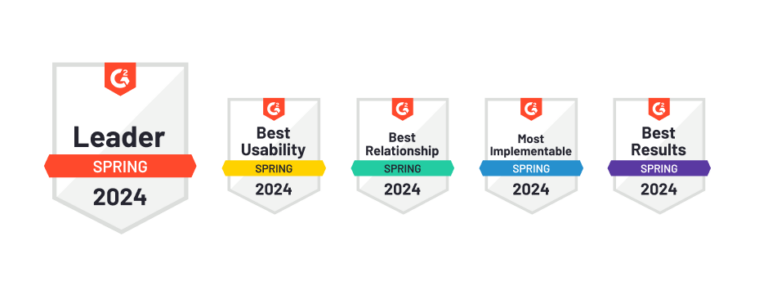
Being a service contractor is no easy task. In addition to assuming great liability doing construction on someone’s property, maintaining the business aspect can be exceedingly more challenging than the technical aspect of getting the work done. Having a clear path to customer success means a great customer experience before, during and after the work is done. And it all starts with having a great contractor estimate!
The Contractor Estimate Process
The highest priority of any business is finding new customers and maintaining good relationships with the ones you already have. In the service industry, they are the lifeline of the company. They provide all revenue streams as well as the opportunity for referrals and future work. Leveraging the jobs you performed and the people you have done it for is a key element to growth. Upholding client expectations means getting off to the right start. Plus it means having a seamless path forward to providing value for them. This is not only in what they see, but also in what they read.Because Contractors do not sell products, and each project has different parameters, every job has to be analyzed independently. This is where your estimate plays a critical role in getting your project off to a good start. Ideally, you want to begin with having a discussion with your customer about what they can expect from the job in terms of schedule, budget, and unforeseen conditions. If you are dealing with any finish work, keep in mind the importance of color and/or material selection. This is a process the customer should be a part of from the start.Whatever is agreed on between you and the customer should be documented inside of your estimate. This way, they know what they are paying for and can’t say, “That’s not the right one!”
Putting Together the Numbers
Once you have obtained all your measurements, documented the job with photos, and had your preliminary discussions with the client, it’s time to estimate! You’ll first want to make sure you have taken all the proper quantities of materials. Having the upfront costs of doing the work in hand keeps you from under-pricing the work. This is a fairly common mistake that causes many Contractors to lose money! It is important to take into account any items that have various parts that form a whole and how those could impact your cost and material schedule. For example, a kitchen has a sink with plumbing, fixtures, handles, specific cabinet sizes, and countertops, all with their own colors and finish types. Having a breakdown of a whole part into pieces shows the work in its intended form and makes purchasing materials easier to understand.
Breaking it Down
This brings us to the point of prioritizing an itemized, line by line entry on the contractor estimate. This will make the work clear to both you and the owner. The scope of work is not defined without this, and it can become an issue in the event that original work changes. After all, how do you distinguish from what is included in the price and what is not?? Let it show on the paper or the screen, that’s how!In addition to writing the line by line work items, there are a few other line items that are work related and tie back into having the business side of things airtight. These can be considered disclaimers in the event that things don’t go as planned. Stating the terms and conditions of the contract should be the top priority statement that you want to have in the estimate. It could be a boilerplate phase that covers all your basis which you can use for every job that mentions how you handle change orders and unforeseen conditions in the field. Finally, no contract is complete without signatures from both sides, which seals the deal!
Seal the Deal
An agreement of services goes hand and hand with an agreement of a payment method. Because you are spending so much time putting your contractor estimate together, you’ll want to be sure that you have a preferred method of payment, that is easy for both you and the customer. It is understandable that there may be a preference for both sides, however it is more important that you are both satisfied with how you receive your money as well as when you will get it.Setting milestones in your project for when you will be receiving payment is always ideal. This can be tied to your scope of work. Do you prefer 50% upfront, 10%, 20%? This is a choice you need to decide. It’s important to think about your upfront material costs. Having a thorough estimate will give you an indication of how you can handle this. Also try to be flexible with the customer. Regardless of the payment schedule, be sure to be bill them as the work gets done and you progress through the job.
Covering all of the Details
To summarize, every great contractor estimate has key components that drives success for the contractor and the owner. Once again they are:
- Writing out each item in detail
- Showing the correct material calculations
- Material color/finish selection
- Having a terms and conditions statement
- Signatures from both parties
- A payment schedule that works for you and the owner
In addition to those items, other details you will want to include are: job number, customer name and address, your company name, your company name, address, phone number, and logo. It’s a fact that all of this can be a time consuming process, so its best to use software that can make cranking out a contractor estimate fast, simple and repeatable. The software should also be able to take care of some of the other pointers mentioned. This way you can focus more on the content and customer satisfaction, and less on the “paperwork” part of things. In the end you want your estimate to help you stand out and get more business for your company, so be sure to give it great attention!




